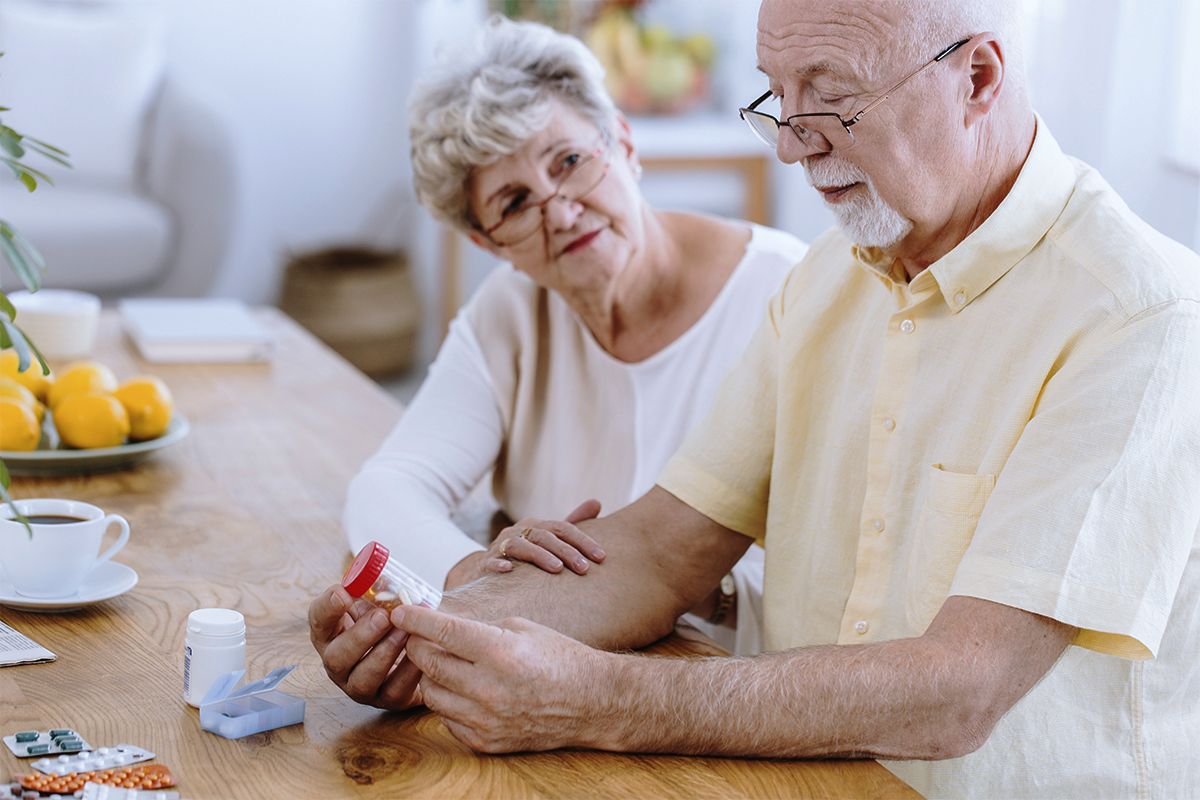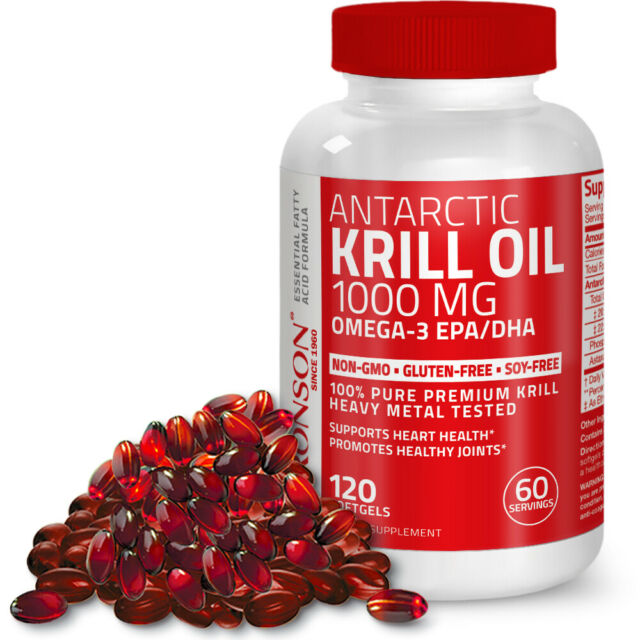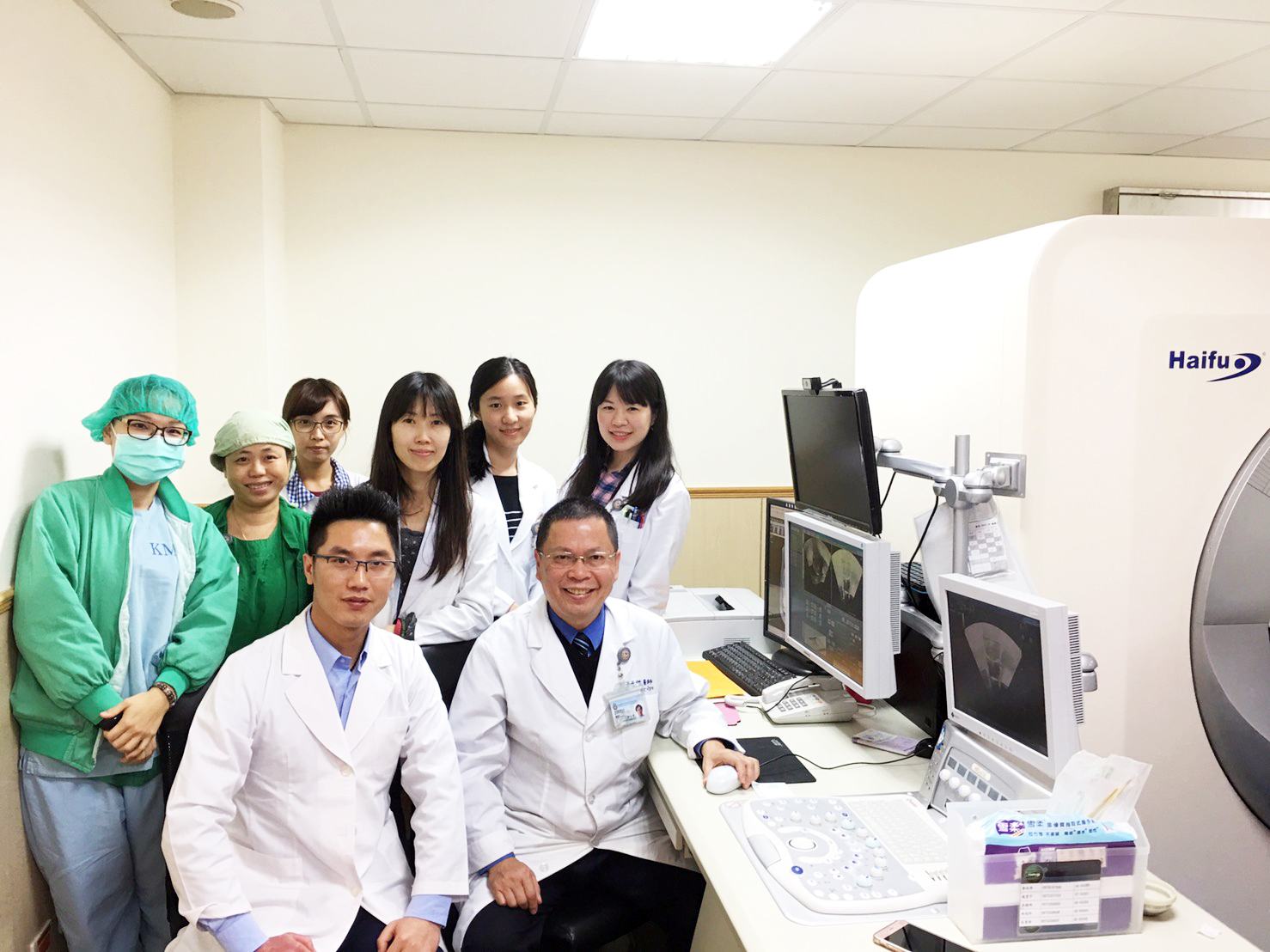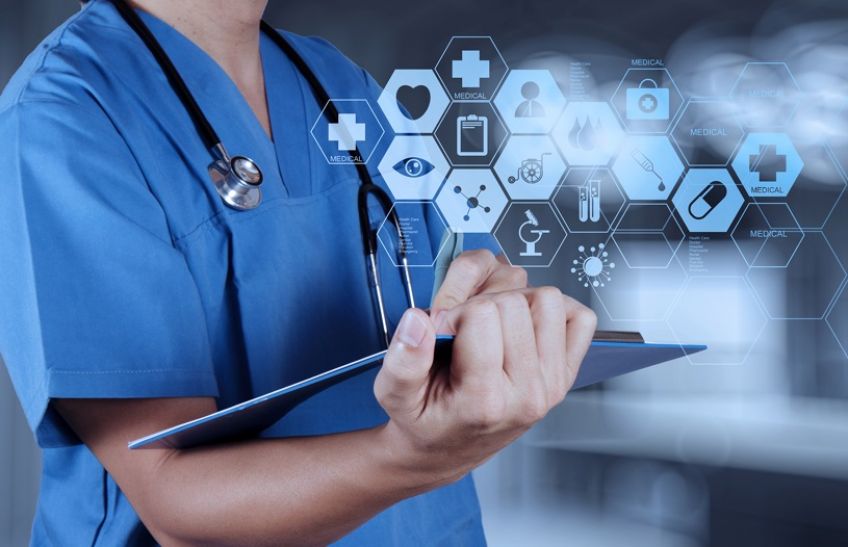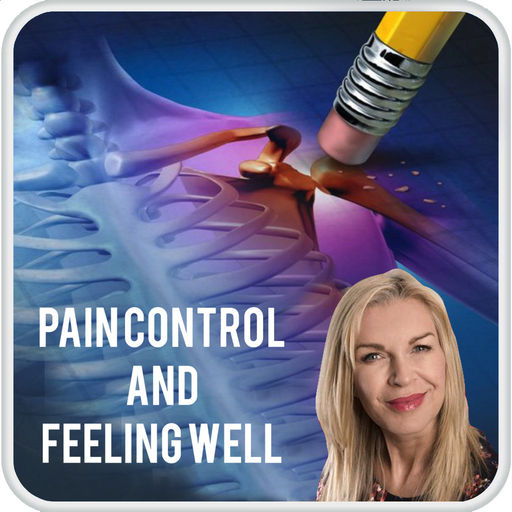A recent medical study examined the direct relation between diabetes and the onset of Alzheimer’s disease. The findings, published by the American Academy of Neurology in the August 2010 issue of Neurology, suggest a clear connection between type 2 diabetes and increased risks for developing brain plaques associated with dementia and Alzheimer’s. Autopsies Reveal Insulin-Alzheimer’s […]
